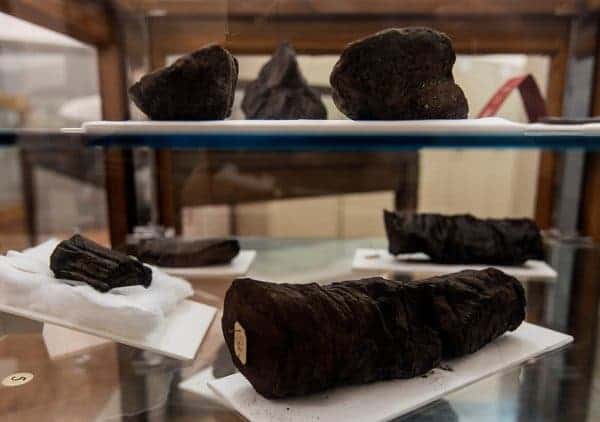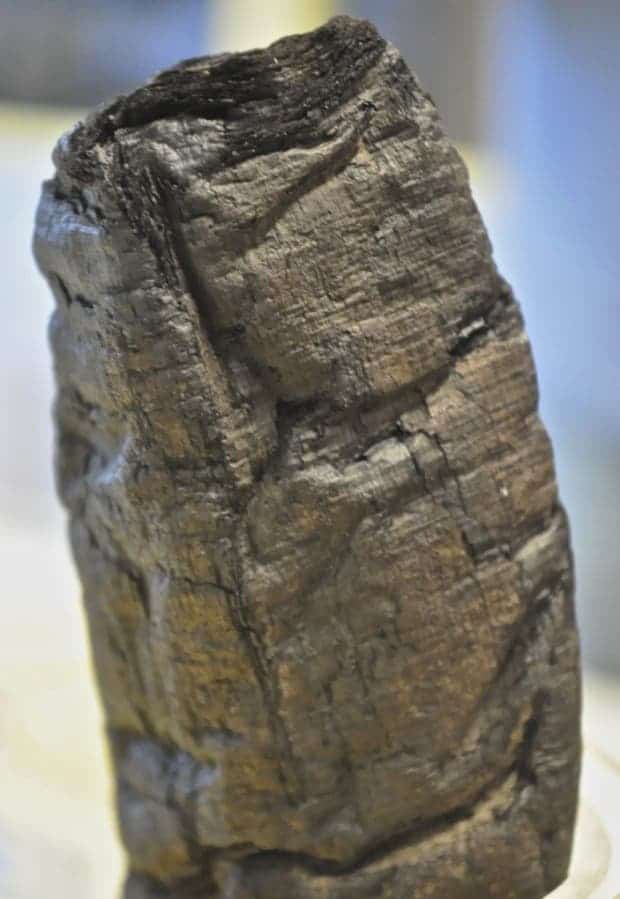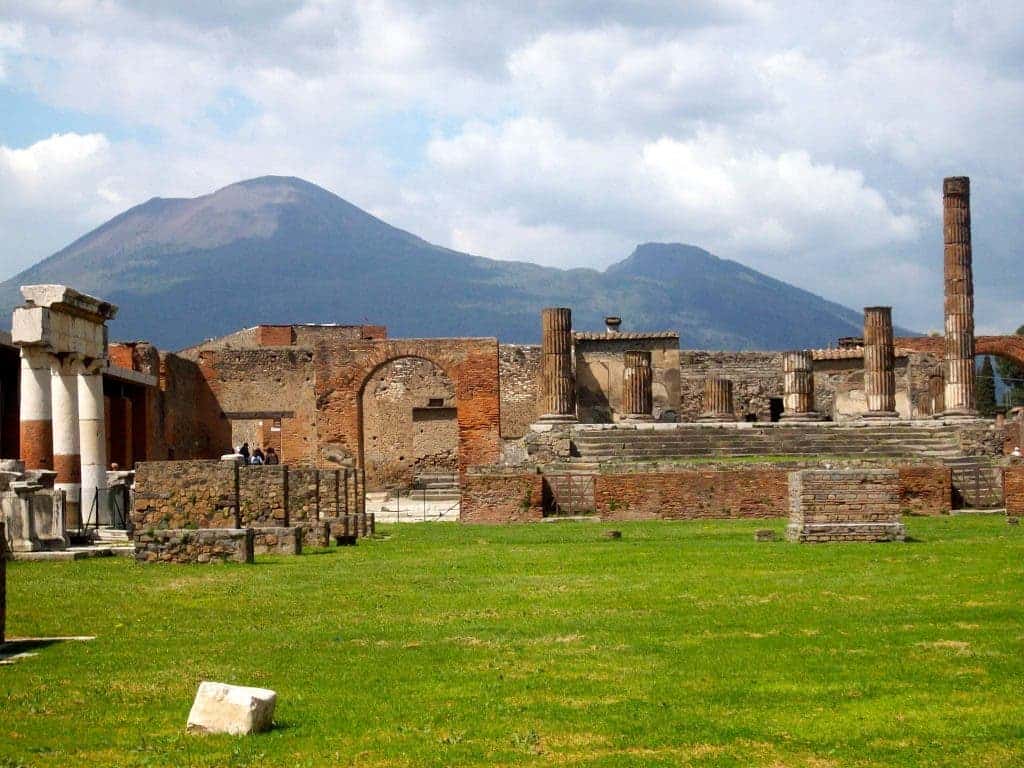Using a new X-Ray technique, archaeologists may be able to read the words from the charred, rolled up scrolls that survived the Vesuvius eruption that wiped out the Roman cities of Pompeii and Herculaneum nearly 2000 years ago. This could open up a new window to the past, revealing much information about the way the Romans lived and is a spectacular technological achievement in itself.

“Hundreds of papyrus rolls, buried by the eruption of Mount Vesuvius in 79 AD and belonging to the only library passed on from Antiquity, were discovered 260 years ago at Herculaneum. These carbonized papyri are extremely fragile and are inevitably damaged or destroyed in the process of trying to open them to read their contents. In recent years, new imaging techniques have been developed to read the texts without unwrapping the rolls”, the research writes.
In AD 79, Mount Vesuvius erupted in one of the most catastrophic and infamous eruptions in history, wiping out two thriving Roman cities. The volcano sent fumes up to a height of 33 kilometres (21 mi), ejecting molten rock and pulverized pumice at the rate of 1.5 million tons per second. Pompeii and Herculaneum were completely obliterated. A thousand bodies have been found by archaeologists, but the number of victims is certainly much higher.
Along with the lives and buldings which were claimed, a lot of information was lost as well. Most of the papyri were burned, while others were not burned, but charred beyond recognition. Ironically, even though lava engulfed Pompeii and destroyed pretty much everything from the city, Herculaneum was destroyed by a mix of superhot gases and ash. While this didn’t make much of a difference for the city’s inhabitants, it helped partially preserve some scrolls. When scholars of the 1700s, tried to decipher their secrets, even more damage was caused. But now, a new technique described in the journal Nature gives hope to researchers who have until now been unable to read these delicate scrolls.

They want to study the scrolls from a library which includes the works from Greek and Roman authors, such as the lost books of Livy’s history of Rome. Researchers led by Vito Mocella, of the Institute for Microelectronics and Microsystems in Naples, Italy used a laserlike beam of X-rays from the European Synchrotron in Grenoble, France, With this, they were able to pick up slight contrasts between the papyrus fibers and the ancient ink. They tested this technique several times and it worked quite fine, and now the team is working on ways to refine it. While they did figure out some letters and words, it will be quite a while before these works hit the bookshelves.
“At least we know there are techniques able to read inside the papyri, finally,” Dr. Mocella said in an interview. His team is considering several ways to refine the power of their technique. “If the technology is perfected, it will be a real leap forward,” said Richard Janko, a classical scholar at the University of Michigan who has translated some of the few scrolls that can be read.
Scientists believe that the author of the scrolls they studied is the philosopher and poet Philodemus. However, there are some limits to what this technique can do. The papyri are so damaged that some of the writing has actually been distorted beyond the point of recognition, and without actually opening them, you can only read a part of the scroll. So far, researchers have been able to make up the words for “would fall” and “would say” in one parchment, and some individual letters in another one. It may not seem like much, but it’s a great start.

“This pioneering research opens up new prospects not only for the many papyri still unopened, but also for others that have not yet been discovered, perhaps including a second library of Latin papyri at a lower, as yet unexcavated level of the Villa,” the study authors wrote.
Journal Reference: Vito Mocella, Emmanuel Brun, Claudio Ferrero & Daniel Delattre. Revealing letters in rolled Herculaneum papyri by X-ray phase-contrast imaging. Nature Communications 6, Article number: 5895 doi:10.1038/ncomms6895






